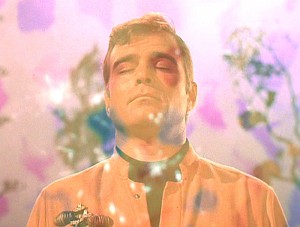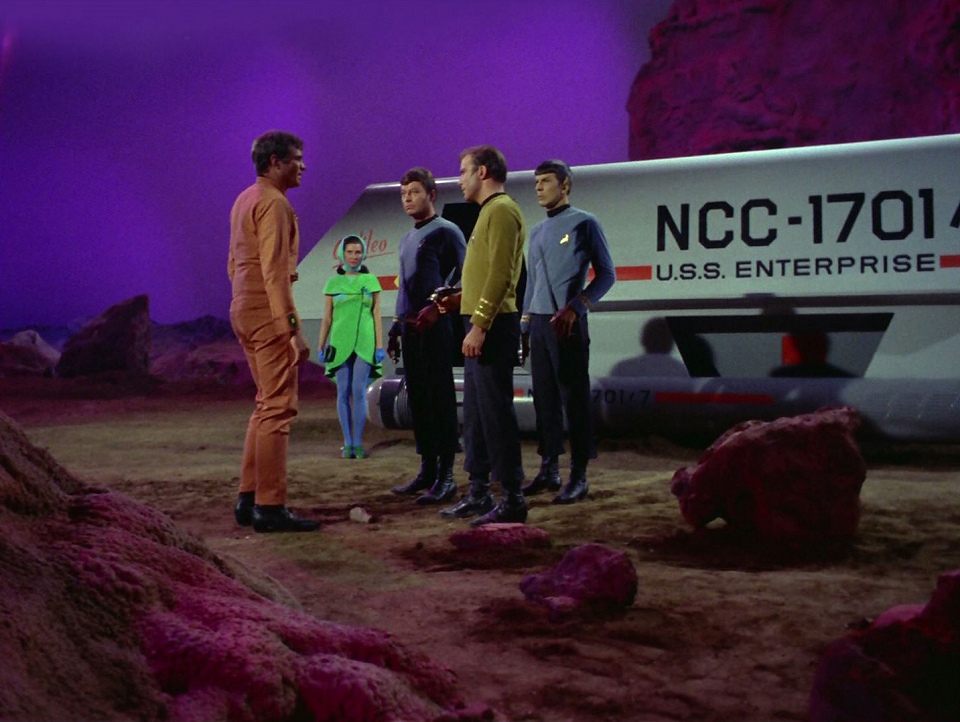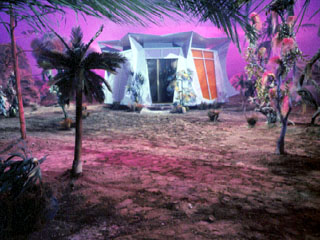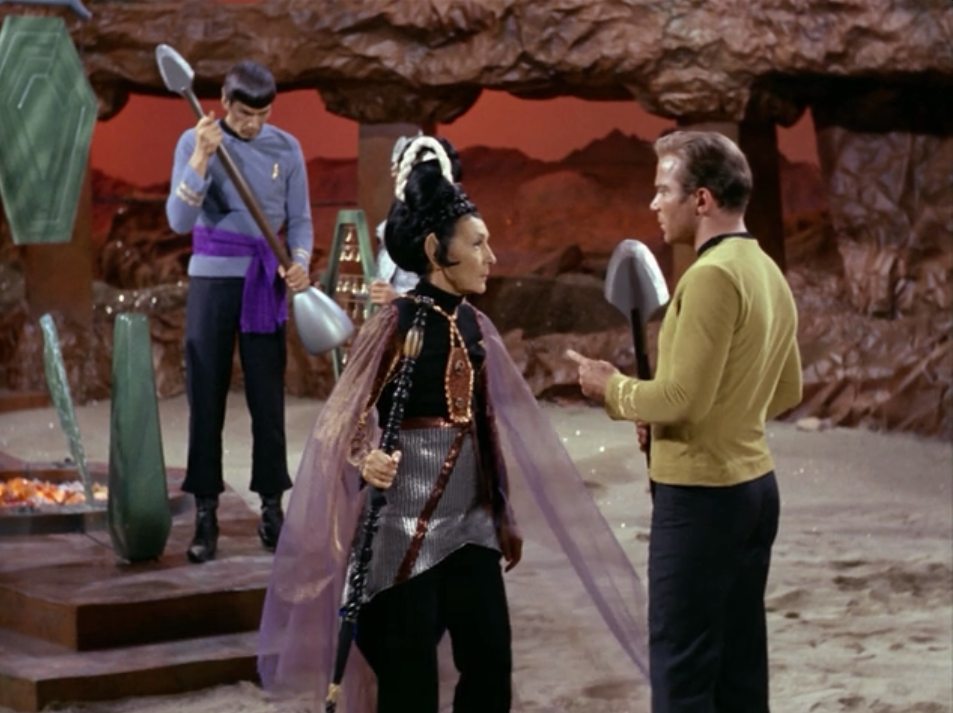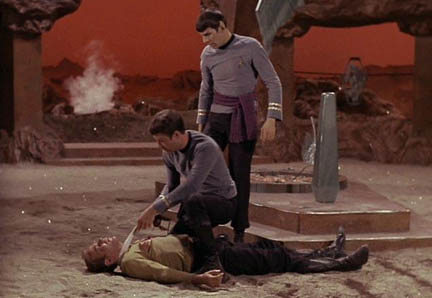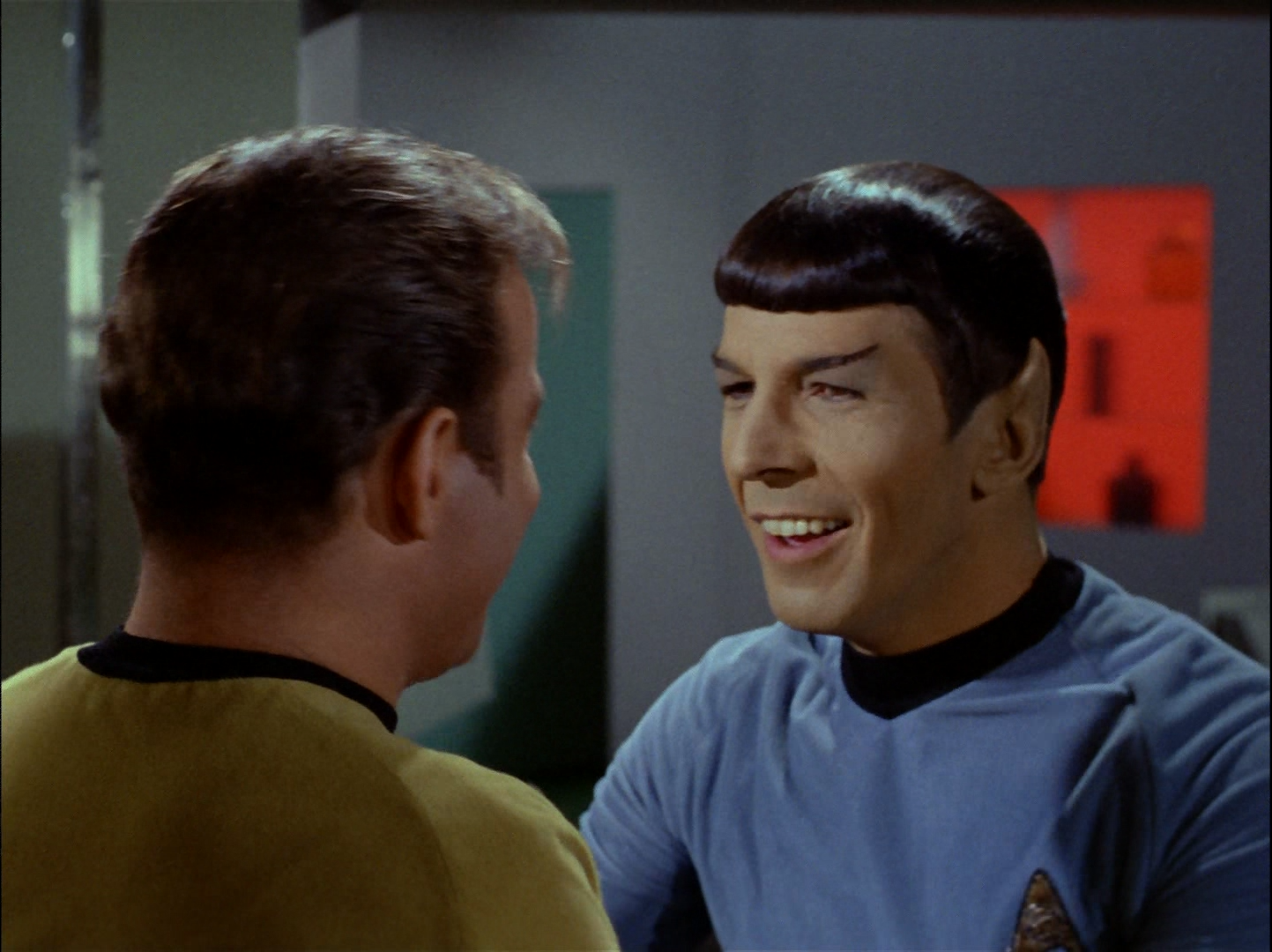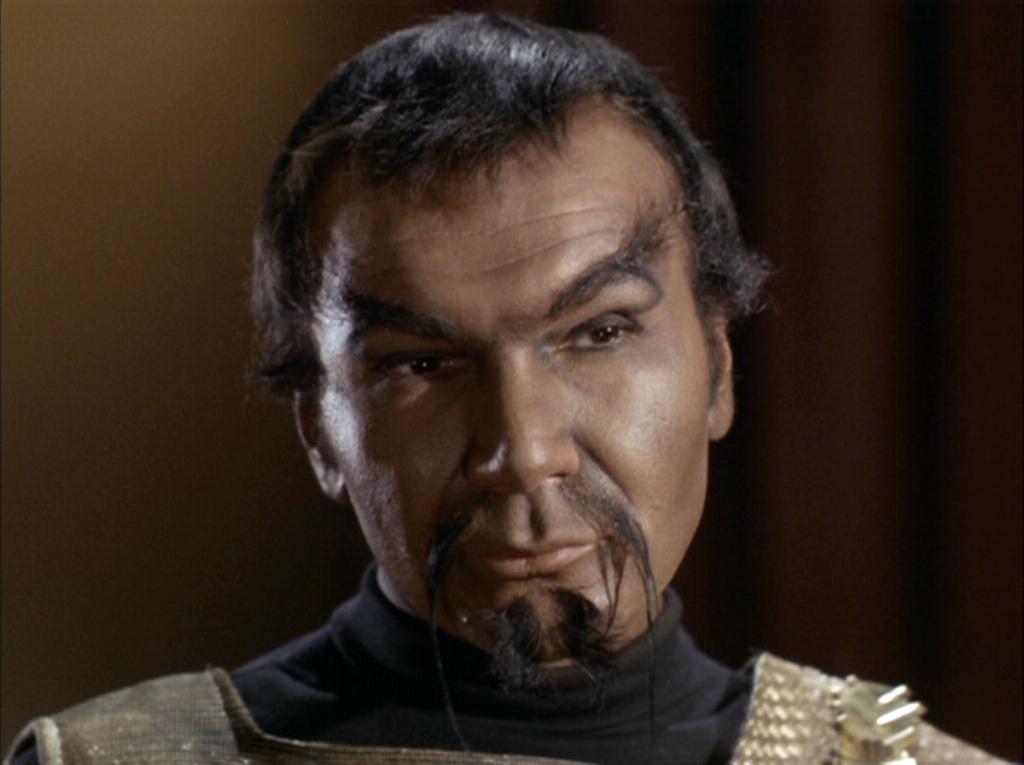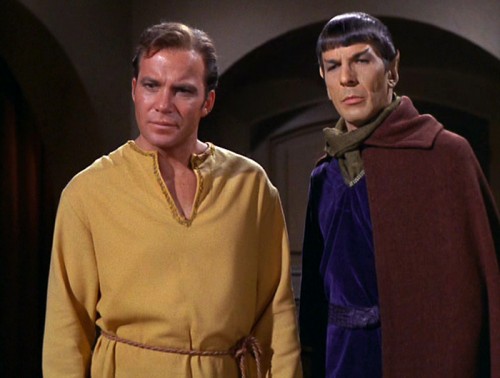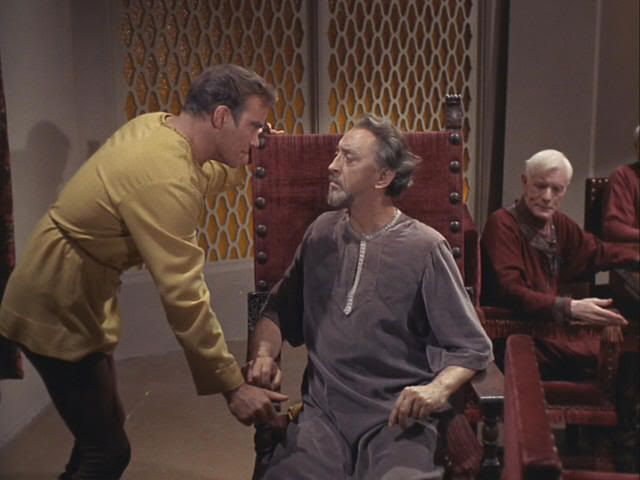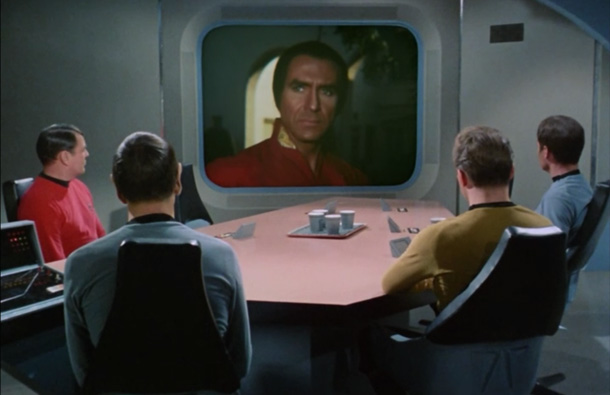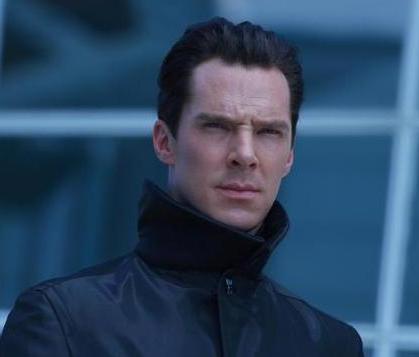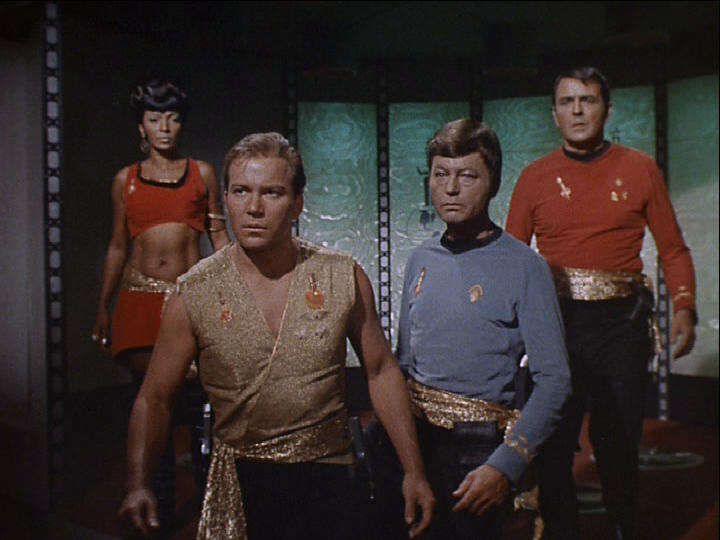
A transporter accident sends Kirk, McCoy, Scotty and Uhura to a mirror universe where an evil Empire exists in place of the Federation. Our heroes must play the roles of their counterparts — whom our Spock must deal with back home — and search for a way back against a ticking clock and nefarious versions of the normal crew at every turn. Our heroes escape, with the help of evil Spock, who figures out who they are. Then, Jimbo goes all Jimbo and presumes to know what’s best in a universe he’s spent like 10 minutes in. He tells evil Spock (who’s not that evil, all goatees considered) that the Empire is illogical and that he should start a revolution. Talk about unintended consequences …
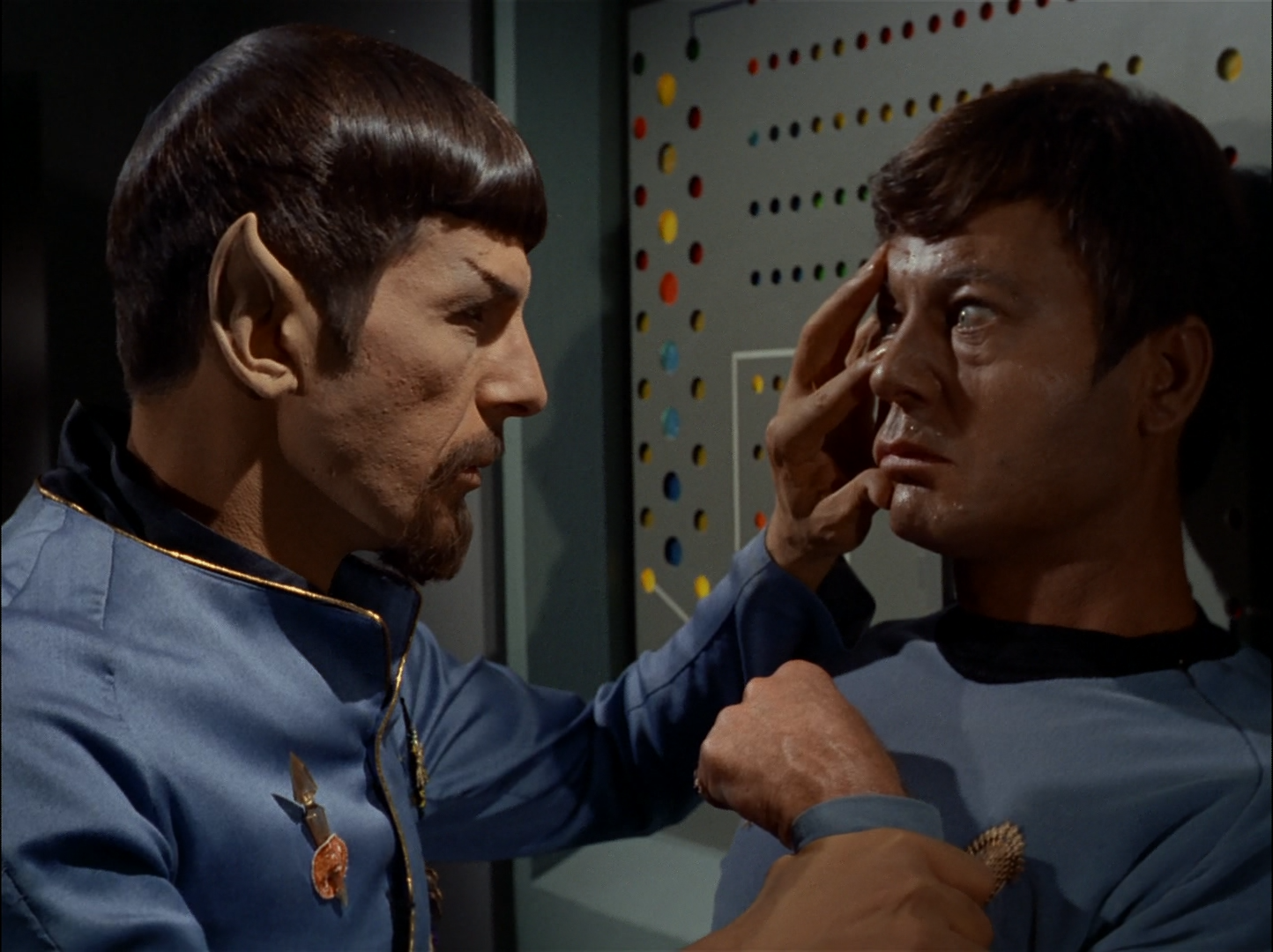
Why it’s important
On its own, “Mirror, Mirror” might have ended up in the Hall of Great but not Tapestry-Worthy episodes, like “The City on the Edge of Forever.” But seven episodes of second-generation Trek wouldn’t have happened if not for “Mirror, Mirror,” so, it’s a kind of a big deal. In DS9’s “Crossover”, the events of and after “Mirror, Mirror” are explained — with the transporter accident apparently a well-known piece of history in both universes. In fact, our boy Jimmy pretty much ensured that mirror-universe humans would live their lives as slaves, as evil Spock’s decision to take his advice weakens the Empire to the point where its opponents (a Klingon-Cardassian alliance) defeat it and enslave humanity. The point is never really explicitly addressed, but one wonders if the second-generation Trek producers were tweaking ’60s Trek for its anything-goes mentality (at least, for much of the time) when it came to playing god to other cultures (and universes).
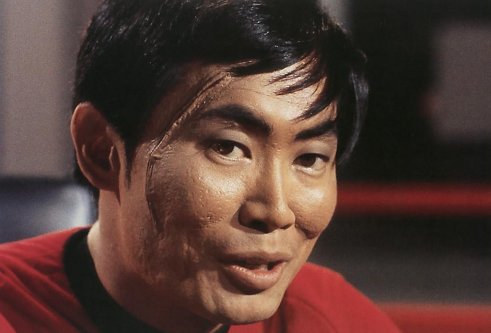
What doesn’t hold up
Of course, the biggest problem has to do with scope. Would things in the mirror universe be so similar to our universe — i.e., the Enterprise’s look, crew members being essentially the same, etc.? It’s the conceit that makes the episode work as it’s fun to see Spock with a goatee, etc. But it’s worth noting because it’s a real stretch. DS9’s mirror episodes incorporated fewer evil versions of the regular characters, but DS9 had such a wide array of guest characters that excluding a few but keeping most wasn’t difficult.
While “Mirror, Mirror,” mostly works with what we see on the DS9 crossover episodes, the “Star Trek: Enterprise” two-parter “In a Mirror, Darkly” creates some inconsistencies. For one thing, Vulcans don’t seem to be subjugated in “Mirror, Mirror” the way they’re later portrayed. Maybe Spock’s human ancestry puts him in a different category than most Vulcans — or maybe the Vulcans even the playing field a century later? Also, if the Empire in the 22nd century recovered a 23rd-century starship, as evil Archer and Co., did — shouldn’t the Enterprise in this episode be much more advanced? Or, are we to believe that evil Kirk is commanding the equivalent of garbage scow? Did evil Bones get his wish about mining borite?
Also, did Spock have the evil landing party stand on the transporter pads for several hours — just waiting for good Kirk and Co. to beam back? And, if he did, how did he know when to energize on his end? Did he do all the work Scotty and McCoy did to prepare for the inter-universe transport? It’s not as if there’s dialog indicating evil Kirk and Co. were sent back separately, and good Kirk and Co., end up back in their original clothes. It’s not a huge deal, but it would have been kind of cool to see Kirk look over the evil landing party and have Spock send them back where they belong. And it would have made more sense.
Final thoughts
“Mirror, Mirror” is one of the high-concept episodes of TOS that really works. It has the corny TOS trope of the good guys figuring out a problem with nothing more than extemporaneous dialog — “Something … parallel. A parallel universe!” — and it’s not really clear how else they would have made the discovery (especially without Spock there to help). OTOH, this episode might be TOS’s best ensemble piece, and each actor who has much dialog as an evil counterpart — McCoy, Scotty and Uhura’s duplicates don’t do much more than yell — really shines in dual roles. Nimoy appropriately gets a lot of love, but Shatner’s scene as evil Kirk is awesome (“Where’s my personal guard?!”). George Takei, too often relegated to exposition on the bridge, gets a good chance to stretch here as evil Sulu.
There are a lot of other, smaller points that make this episode strong — Kirk’s consort Marlena Moreau (BarBara Luna) in the mirror universe is an interesting character, and her line about “oiling” her traps is probably one of the most awesome/ridiculous things ever to sneak by the censors.
But this is an episode that’s just vintage Trek, especially vintage ’60s Trek. It’s a cool concept made to work with good acting, great music (the Spock/McCoy mild-meld scenes especially stands out) some moral righteousness and even a bit of naivete. A lot of the best TOS could be described as such.

